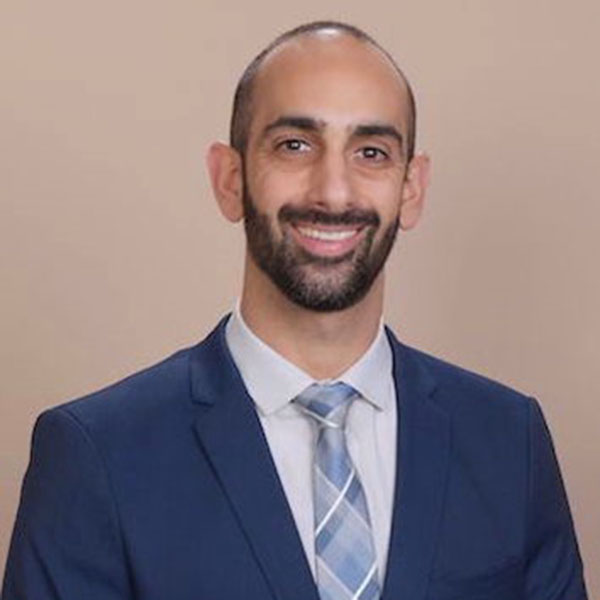Student Loan Repayment in the Era of COVID-19

I'll go double or nothing on my student loan balance that I wouldn't be the first person to tell you that COVID has changed our lives. It's ubiquitous, from our training and trying to organize everyone for didactics, triaging and performing procedures, seeing patients in clinic to dealing with the milestones in our personal lives. One silver lining for many of us, though, is that student loan repayment may be just a bit more manageable. As we go about deciding how to tackle this six-digit monster under the bed it is important to understand how things have changed for student loan repayment over the last year.
Most widely recognized and celebrated is that, thanks to the CARES act, which applies to federal student loans, loan repayments have been suspended and interest rates dropped to 0% while payments are suspended. This was extended repeatedly, and as of this article's publication has been extended until Sept. 30, 2021. If you have federal student loans, you undoubtedly have been following this closely and slept better as this was first passed and later extended.

For those who have made the decision to pursue public service loan forgiveness (PSLF), which requires 120 qualifying payments for qualifying loans this is doubly beneficial. For one, your loan, which you can't refinance for fear of privatizing your loan and no longer qualifying, has a bit of a reprieve from the high interest rates of the original loans. But another, I think more substantial benefit, is that each month that passes by without requiring a payment to be submitted actually counts toward the 120 qualifying payments. As it stands now, that is 18 payments! Of course, you still need to submit employment certification showing that your employment qualifies. Traditionally, academic institutions are regarded as qualifying employment (though you should always ensure that your specific employer qualifies). And as fellows we complete a minimum of six years (three internal medicine + three general cardiology) amounting to 72 months working for qualifying employers and this is even more for those choosing to pursue further subspecialty training. So, at best, you get 10% of your payments towards PSLF taken care of, at worst you get a reprieve from your monthly payments for 18 months if you choose. Overall, not a bad deal for those of us with federal student loans.
If you took out private loans for your education or you refinanced your federal student loans and now have private loans, don't despair – there is a bright side for you as well! Naturally, since private loans do not qualify for federal benefits (including PSLF), you would want to pay the lowest possible interest rates on your loans. As such, refinancing your student loans is a no-brainer. The adage is that you should refinance your loans as early and as often as you can to continue to lower your monthly payments and interest rate. In order to spur the economy, the federal reserve has drastically reduced interest rates. Currently, student loan rates are the lowest they have been in years. Rates can be below 3% for a fixed loan and less than 2% for variable rate loans. That's less than half what federal student loan rates were several years ago when we took them out in medical school. In fact, some lenders are even giving cash back incentives for refinancing with them. Lower interest rates on your loans allows you to use more of your monthly payments to pay down the principal loan and to have more capital on hand to put towards investments or other expenses (for example, the thousands of dollars we have to spend on board exams).
Whether you decide to pursue PSLF or whether you decide to refinance your loans and pay them off is a personal decision. With a quick internet search you will find articles on top of articles and resources on top of resources on both subjects. But, ultimately, there is no universal answer and what might work for one person may not work for the next. Once you weigh the benefits and disadvantages of each and decide which path to pursue you can then try to optimize that situation to maximize your benefits. Just know that despite the unimaginable tragedy the pandemic has wrought, it has provided some bright spots for those of us dealing with the large burden of student loans.
